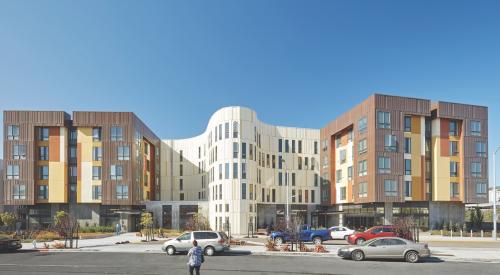Labor conditions may be key in predicting what the next economic downturn will bring. Unlike the previous downturn, Baby Boomers are aging out of the workforce, cushioning the blow of possible labor market weakness.
Since April 2000, employment for workers over age 55 has doubled, while employment for those under 55 has essentially stagnated, writes Bloomberg columnist Conor Sen, highlighting the economic impact of Baby Boomers throughout their life stages. Sen says that this year may be the beginning of peak employment for Americans 55 years and older, signaling its decline over the next 15 years through 2034, following "the same pattern has played out for every other age bracket that baby boomers have passed through." Thus, if the labor market trends downward this year, or over the next few years, there may be less impact to the overall economy as Boomers stop working.
Baby boomers acted as a drag on the economy in the aftermath of the great recession because it occurred during the peak saving years of the generation. Saving rates tend to be higher for older workers because older workers have higher incomes than younger workers do, they’re more focused on saving for their approaching retirements than younger workers, and because the bulk of their spending on raising families may be behind them. When the bulk of the growth of the labor market is occurring because more older workers are working longer, as it has been for the past decade, this acts as a relative drag on economic growth overall because these older workers are saving for retirement rather than demand-generating activities like buying houses and raising families.













